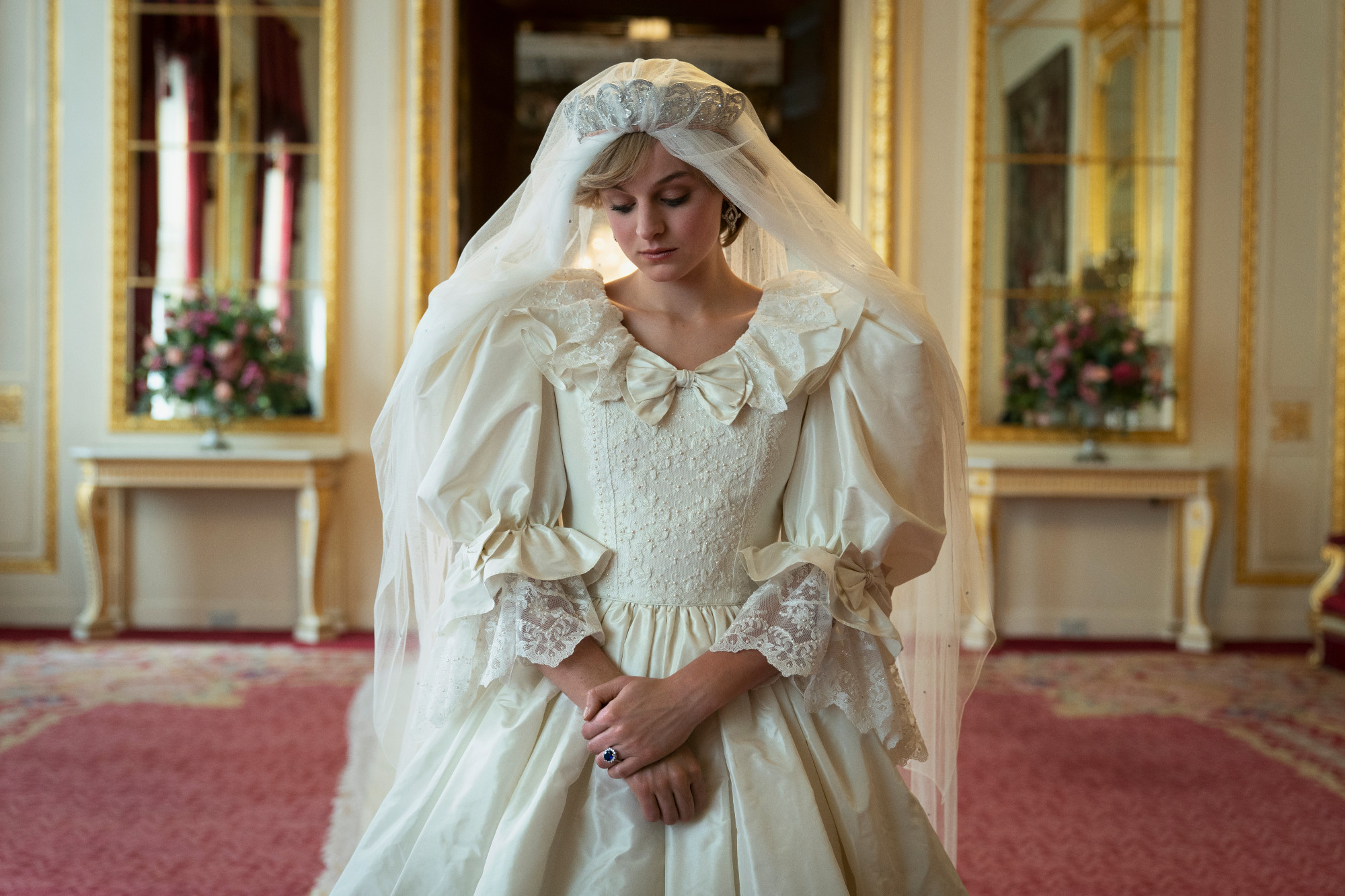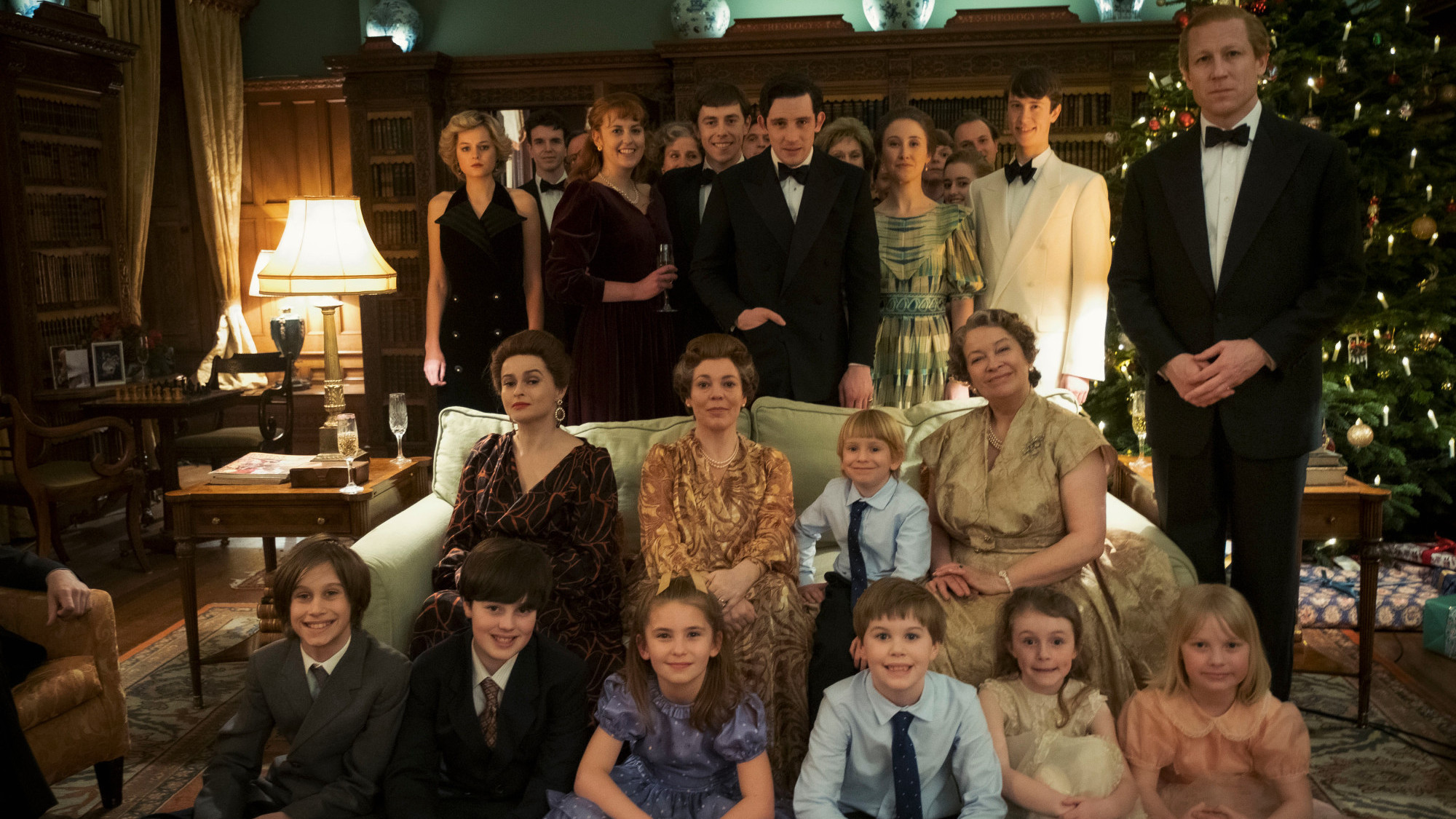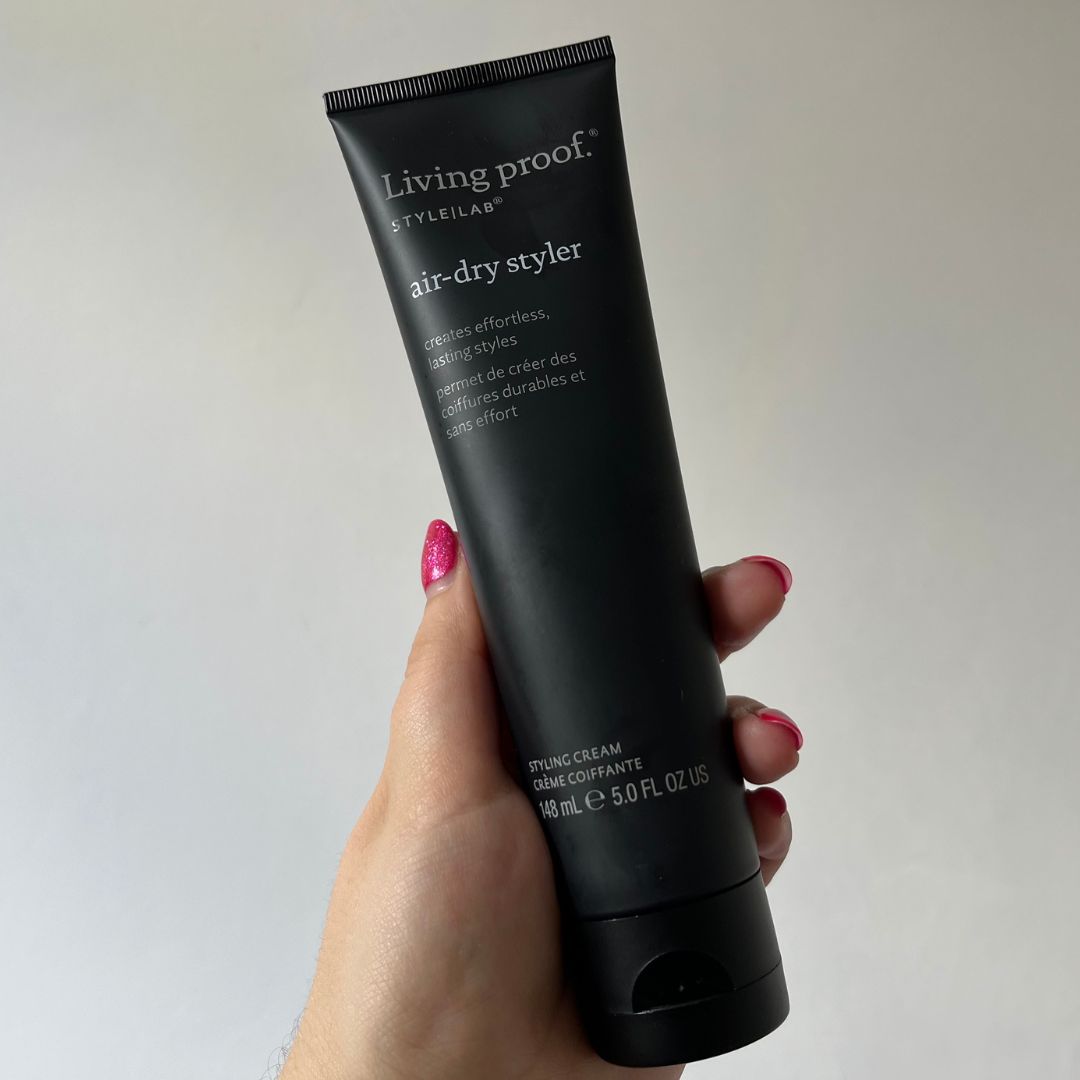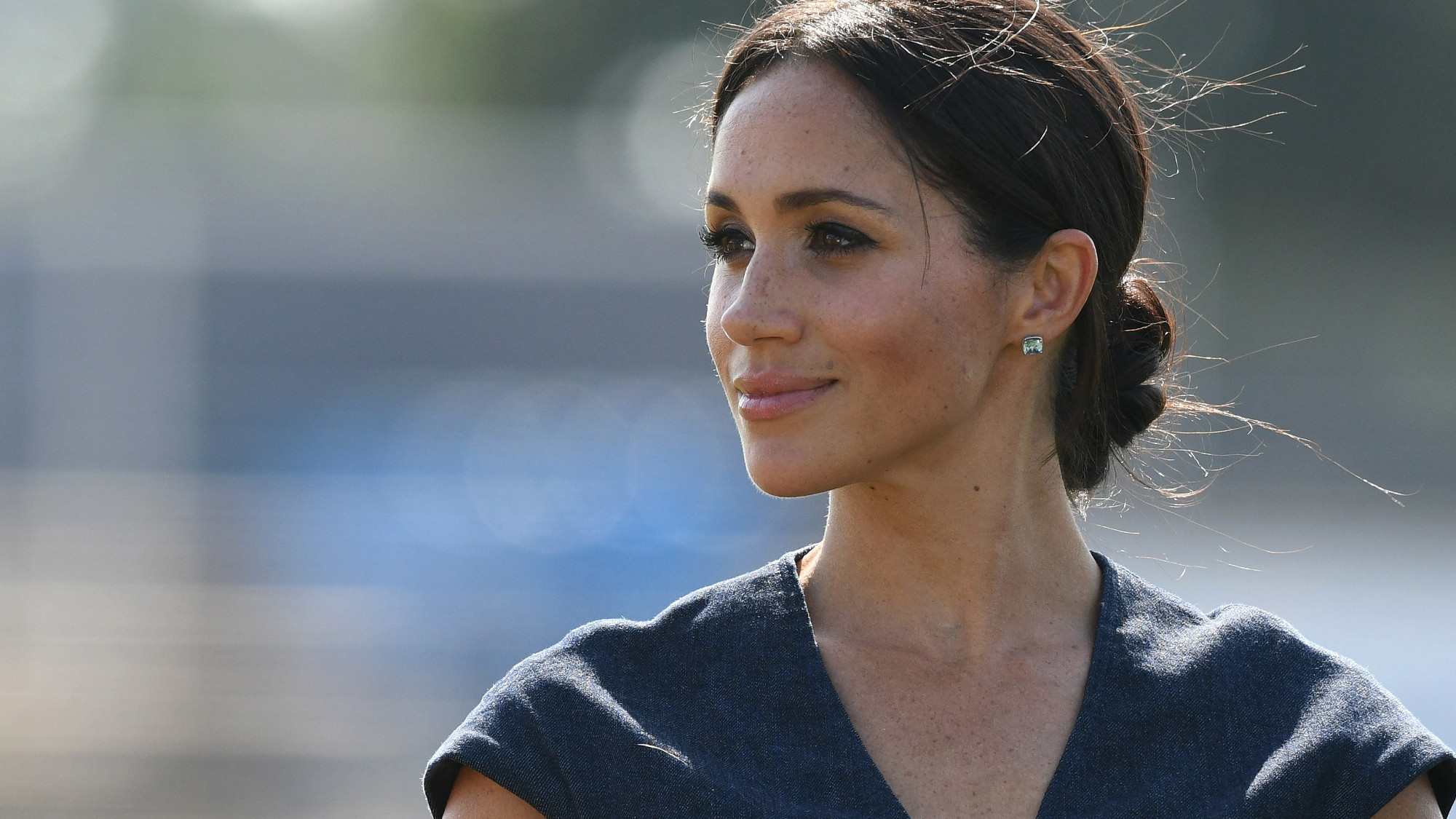The Crown season four has officially lost the plot and here's why
It’s a right royal scandal - as fake storylines tarnish The Crown. Kerry Parnell is not amused


It’s a right royal scandal - as fake storylines tarnish The Crown. Kerry Parnell is not amused
When the highly-anticipated season four of The Crown launched this month, Netflix no doubt expected it to be received as rapturously as the previous three.
But while critics raved about the performance of newcomer Emma Corrin, who dazzled as the young Diana, and were complimentary about Gillian Anderson’s Margaret Thatcher, it’s the plot that has infuriated palace insiders. Because writer Peter Morgan appears to have lost it.
They say the truth is stranger than fiction, so the question is, why did he need to make so much up? The Crown season four is packed full of so many inaccuracies, unconvincing dialogue and historical revisionism that those close to the Royal Family are demanding a disclaimer be put on the show.

Earl Spencer, Diana’s brother, says he’s worried younger viewers – especially American audiences - can’t tell fact from fiction. “The worry for me is that people see a programme like that and they forget that it is fiction,” he told ITV’s Love Your Weekend. “Americans tell me they have watched The Crown as if they have taken a history lesson. Well, they haven’t.”
It’s an issue that’s concerning many. Political journalist Andrew Marr has called it “grossly unfair and really quite sadistic,” The Mail on Sunday launched a campaign to get Netflix to label the series fiction and even Julian Fellowes, who knows all about how to write an upper-class drama with Downton Abbey, disapproves, telling the newspaper, “I can’t help feeling that the very brilliant programme makers sometimes forget that these are real people and they are leading real lives.”
The Queen’s former press secretary, Dickie Arbiter, also says The Crown has gone completely over the top on dramatic license and “should be viewed as, at most, fiction and entertainment, nothing more.”
Marie Claire Newsletter
Celebrity news, beauty, fashion advice, and fascinating features, delivered straight to your inbox!
In the first two seasons, we fell in love with Claire Foy and Matt Smith’s young Queen Elizabeth and Prince Philip. But Peter Morgan has turned them into emotionally-devoid caricatures - Olivia Colman’s Queen is actually horrible. And it’s never a good thing if your audience actively detests the protagonists. “I think it’s a mistake to assume that people are feeling any sympathy for us at all,” she says in episode six. It’s a mistake to assume we didn’t.
The arrival of Princess Diana seems to have clouded Morgan’s vision. Revisiting the sorry story four decades later does make it even more poignant, but The Crown’s Diana is portrayed as a one-dimensional victim. And Prince Charles has gone from sympathetic anti-hero to an all-out Iceman, torturing his young bride.
The Royal Family have become ogres, scoffing at Margaret Thatcher at Balmoral, then berating Diana for cocking up her curtsies. But Diana grew up on the Sandringham Estate, her father was an equerry to George VI and the Queen; she knew all the etiquette. She was no Meghan, which we’re clearly meant to think.
The invented conversations are clumsy, such as the imaginary last letter from Lord Mountbatten and Philip arguing with Charles over stealing his affection.

Then there’s the content they miss out. Fair enough, they can’t show every event in history, but they shouldn’t change it. The Falklands War is weirdly relegated to a sub-plot to Michael Fagan’s 1982 Buckingham Palace break-in. We’re told The Queen’s favourite child is Prince Andrew, so you’d think it would be pertinent that he served in the Falklands War and came back a hero. But no, he’s been cancelled in real life, so we must delete his history too. It is an inconvenient truth.
Some 255 British servicemen and 650 Argentinians lost their lives, but anyone too young to remember that, or know their history, would have no idea from watching The Crown season four.
Likewise, Charles wasn’t seeing Camilla from the start of his marriage – but social media is already full of people swearing he was, because they saw it on The Crown. And that’s why it’s more than a drama - it’s dangerous.
Here’s a news flash: we understand people are nuanced and can do both good and bad. If you are making a drama about historical events, keep the events real and elaborate around them. Otherwise, it’s an exercise in fake news. And a character assassination.
* For the hottest palace news, curated every week, sign up to Kerry Parnell's newsletter The Royal List. Kerry is the royal correspondent for The Sunday Telegraph, Sydney and News Corp Australia
Maria Coole is a contributing editor on Marie Claire.
Hello Marie Claire readers – you have reached your daily destination. I really hope you’re enjoying our reads and I'm very interested to know what you shared, liked and didn’t like (gah, it happens) by emailing me at: maria.coole@freelance.ti-media.com
But if you fancy finding out who you’re venting to then let me tell you I’m the one on the team that remembers the Spice Girls the first time round. I confidently predicted they’d be a one-hit wonder in the pages of Bliss magazine where I was deputy editor through the second half of the 90s. Having soundly killed any career ambitions in music journalism I’ve managed to keep myself in glow-boosting moisturisers and theatre tickets with a centuries-spanning career in journalism.
Yes, predating t’internet, when 'I’ll fax you' was grunted down a phone with a cord attached to it; when Glastonbury was still accessible by casually going under or over a flimsy fence; when gatecrashing a Foo Fighters aftershow party was easy-peasy-lemon-squeezy and tapping Dave Grohl on the shoulder was... oh sorry I like to ramble.
Originally born and bred in that there Welsh seaside town kindly given a new lease of life by Gavin & Stacey, I started out as a junior writer for the Girl Guides and eventually earned enough Brownie points to move on and have a blast as deputy editor of Bliss, New Woman and editor of People newspaper magazine. I was on the launch team of Look in 2007 - where I stuck around as deputy editor and acting editor for almost ten years - shaping a magazine and website at the forefront of body positivity, mental wellbeing and empowering features. More recently, I’ve been Closer executive editor, assistant editor at the Financial Times’s How To Spend It (yes thanks, no probs with that life skill) and now I’m making my inner fangirl’s dream come true by working on this agenda-setting brand, the one that inspired me to become a journalist when Marie Claire launched back in 1988.
I’m a theatre addict, lover of Marvel franchises, most hard cheeses, all types of trees, half-price Itsu, cats, Dr Who, cherry tomatoes, Curly-Wurly, cats, blueberries, cats, boiled eggs, cats, maxi dresses, cats, Adidas shelltops, cats and their kittens. I’ve never knowingly operated any household white goods and once served Ripples as a main course. And finally, always remember what the late great Nora Ephron said, ‘Everything is copy.’
-
 I'm a 2025 bride and these are the best affordable wedding dresses I've found
I'm a 2025 bride and these are the best affordable wedding dresses I've foundLess than £1,000 but still the height of chic
By Sofia Piza
-
 Short on time but keen to boost body and mind? Top experts share their go-to 10-minute yoga flows
Short on time but keen to boost body and mind? Top experts share their go-to 10-minute yoga flowsGuaranteed to make you feel grounded.
By Ashleigh Spiliopoulou
-
 I haven't worn my hair completely natural for years, but this air-dry styling cream has made me love my waves again
I haven't worn my hair completely natural for years, but this air-dry styling cream has made me love my waves againI will never be without this
By Amelia Yeomans
